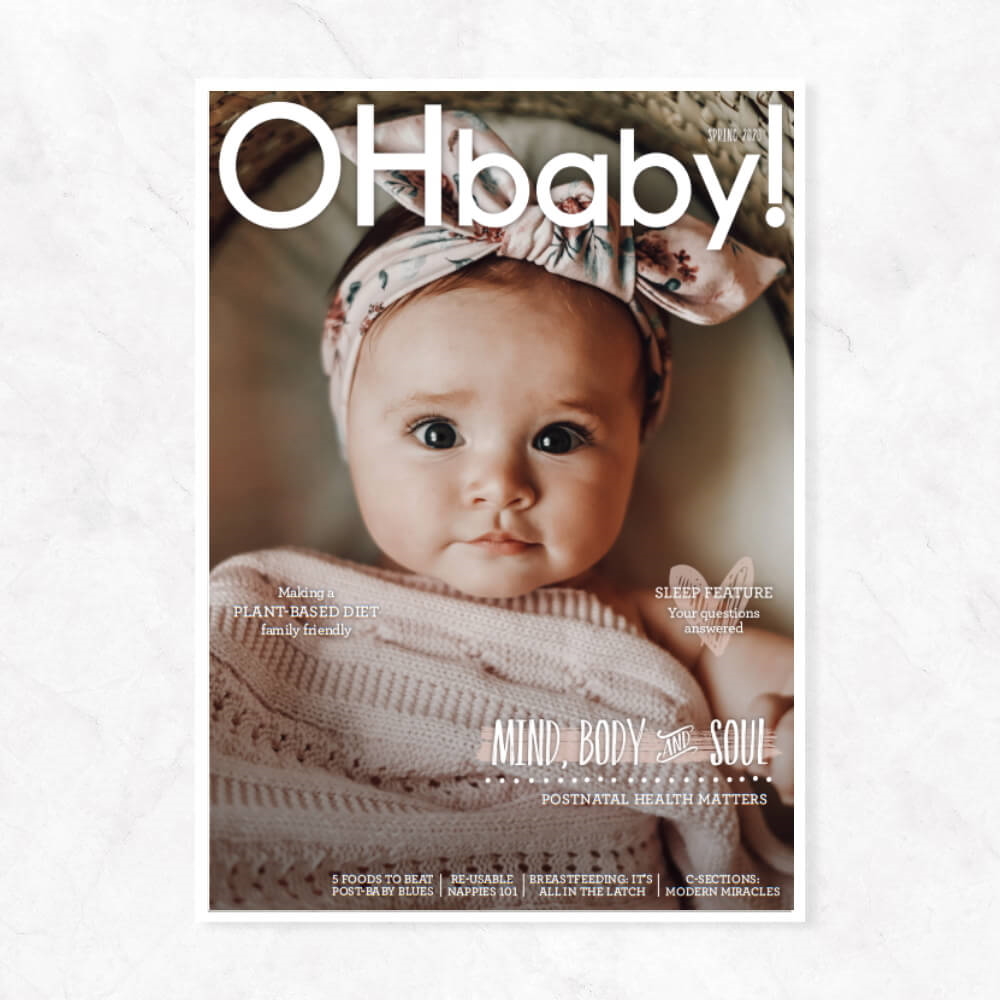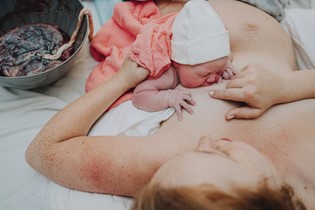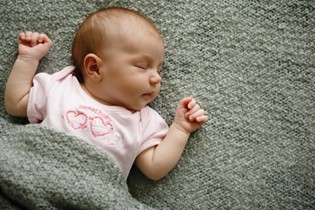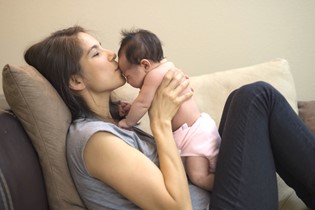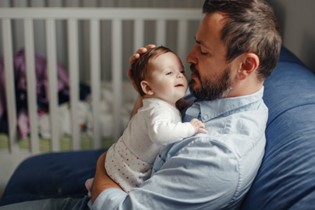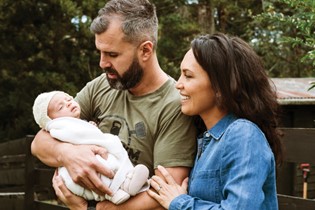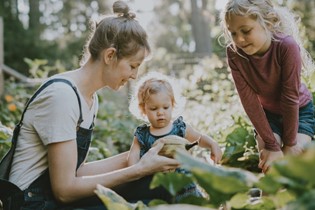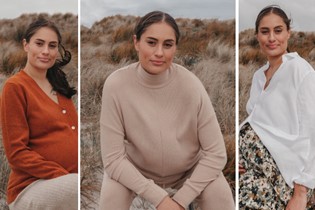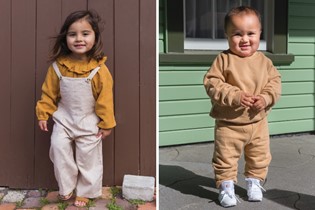Contemplating cloth nappies?
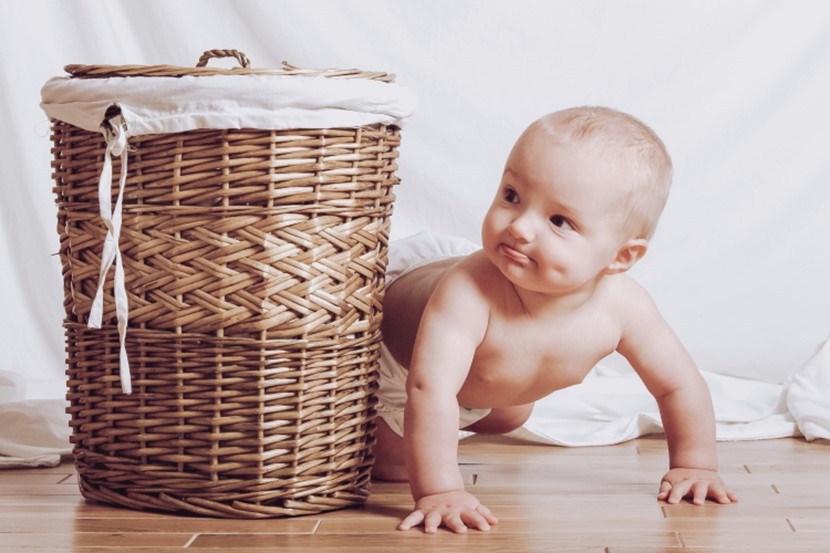
Kahu de Beer explores the benefits of re-usable nappies and discovers they’ve come a long way!
Mums have been using cloth nappies for generations; it’s really only in the last 30 years that disposable nappies have become the norm. I’ve noticed there’s a beautiful shift back to the more traditional ways of doing things as we become more conscious of the impact our modern ways of life may be having on us, and on our earth. Many of us are thinking more holistically and wanting to do what’s best for our family and the environment – even if that means having to choose the less-convenient options.
CH-ch-ch-changes
While the idea of using cloth nappies may seem daunting, you might be surprised to know how far they’ve come from the cloth squares our grandmothers used. Many of today’s cloth nappies even look like disposable nappies – but instead of putting them in the rubbish after using them, you put them in the washing machine. With cloth nappies there is very little preparation, no soaking, and, because fabric technology has progressed so far, cloth nappies often perform just as well as, if not better than, a disposable nappy.
Long-term Savings
Although they do involve an initial outlay, cloth nappies will save you a significant amount of money in the long run. According to cloth nappy expert Kate Mead (aka The Nappy Lady) the overall cost, per child, of using disposable nappies (including the cost of wipes and rubbish bags) works out to be nearly $5000. Meanwhile, the total per-child cost of using cloth nappies (including the initial cost of 20 nappies, cloth wipes, washing the nappies, wear and tear on the washing machine, and water charges) works out to be less than $1500! If you want to crunch the numbers yourself, you’ll find Kate’s comprehensive break-down of the cost comparison at thenappylady.co.nz/benefits.
A natural alternative
Making the switch to cloth nappies is not only gentle on your pocket but it’s kind to our planet, decreasing your carbon footprint and providing a sustainable alternative for our earth.
Using cloth nappies has so many benefits – for your baby, your budget, and for the environment. They’re free from bleaches, plastics, chemicals and perfumes, so they really are the more natural choice.
However, there are a few things to consider when contemplating changing to cloth nappies. For example, how much sun your washing line gets and how much time you have in your schedule. Having a sun-drenched area to dry your nappies will make life so much easier. It’s also important to think about how busy your life is and what you feel your capacity is at this time. Although it’s not a huge commitment, using cloth nappies will require a little more of your time and energy than disposable nappies do.
Start small
If you’re wanting to make the change or just give cloth nappies a try, it’s a great idea to start off with just one or two to see how they suit before investing in a full set. You may even find that it works best for you to just use them part-time. Don’t be afraid to try different brands or styles too; the first nappy you try may not be the perfect one and that’s okay, don’t give up! Every family will have different lifestyles, needs and, of course, different babies so it’s important to find what works for you. Talking to friends and family who already use cloth nappies, as well as reading reviews, can be a great starting point. Then it’s just a matter of finding the right ones for your baby.
So, where to begin? There are three basic types of cloth nappies on the market: all-in-ones, fitted and flat. All-in-one nappies have their wrap attached as part of the nappy, while flat and fitted nappies consist of a two-part system (a nappy and a waterproof outer).
All-in-One & Pocket Nappies
All-in-one nappies are the most similar to disposables. They consist of an absorbent fabric inner with a waterproof backing. Pocket nappies are similar in that they go on just like an all-in-one, but have a removable absorbent fabric component, meaning they dry faster and may give you more flexibility in the absorbency.
PROS: Very easy to use – the most similar to a disposable nappy.
CONS: One of the more expensive options. They also take longer to dry, so you may need to buy more of them if they will be your main style of nappy.
Flat Nappies: Terries, Prefolds & Muslins
Terries are the traditional terry towelling squares that have been used for nappies since our parents were babies, and fastened with safety pins. They are now available in different sizes, fabrics, thicknesses and absorbencies. Prefolds are made of several layers of ordinary cotton sewn into three panels – the central panel has the most layers. Muslins are the muslin cloth squares commonly used as burp cloths or swaddles. With flat nappies, the whole nappy is absorbent, so you may need to use a separate waterproof cover over the top.
PROS: The most economical and versatile of all the nappies. Easy to care for (you can’t really go wrong). Fast drying. Can be folded in different ways to fit babies of different sizes.
CONS: Require folding, and terries require fasteners. Other carers may find them harder to use.
Fitted Nappies
Fitted nappies are shaped to fit around your baby without folding and have elastic around the waist and legs. They also have a cover/wrap that goes over the top to make them waterproof. There are two types of fitted nappies – sized, and one-size/birth-to-potty. Sized nappies come in more than one size to give a better fit at each stage. One-size nappies will adjust to fit your baby from newborn to toddler. The nappies will fasten with poppers, velcro or a similar fastener.
A note on nappy covers/wraps: if the nappy cover is clean and dry you don’t need to change it every time you change the nappy. Because of this you won’t need to buy as many covers as fitted nappies!
Sized fitted nappies:
PROS: A better fit at each stage, particularly for newborns. Great for containing newborn poo explosions. Easy to add extra boosters if needed.
CONS: Can work out to be more expensive because you need to buy two or more sizes of nappies as your baby grows, although in some cases the large size can be used right the way through.
One-size fitted nappies:
PROS: Cheaper in the long run because you will only need one set. Easy to add extra boosters if needed.
CONS: Can be bulky on newborns. If your baby is tall they may grow out of them before toilet training.
Tips and tricks for washing cloth nappiesWhen washing cloth nappies you should always follow the care instructions for your specific type of nappy. Here are a few general washing tips: |
Kahu de Beer lives in Mount Maunganui with her husband and three daughters. She is happiest in nature and is passionate about protecting and nurturing our beautiful planet.

AS FEATURED IN ISSUE 51 OF OHbaby! MAGAZINE. CHECK OUT OTHER ARTICLES IN THIS ISSUE BELOW
